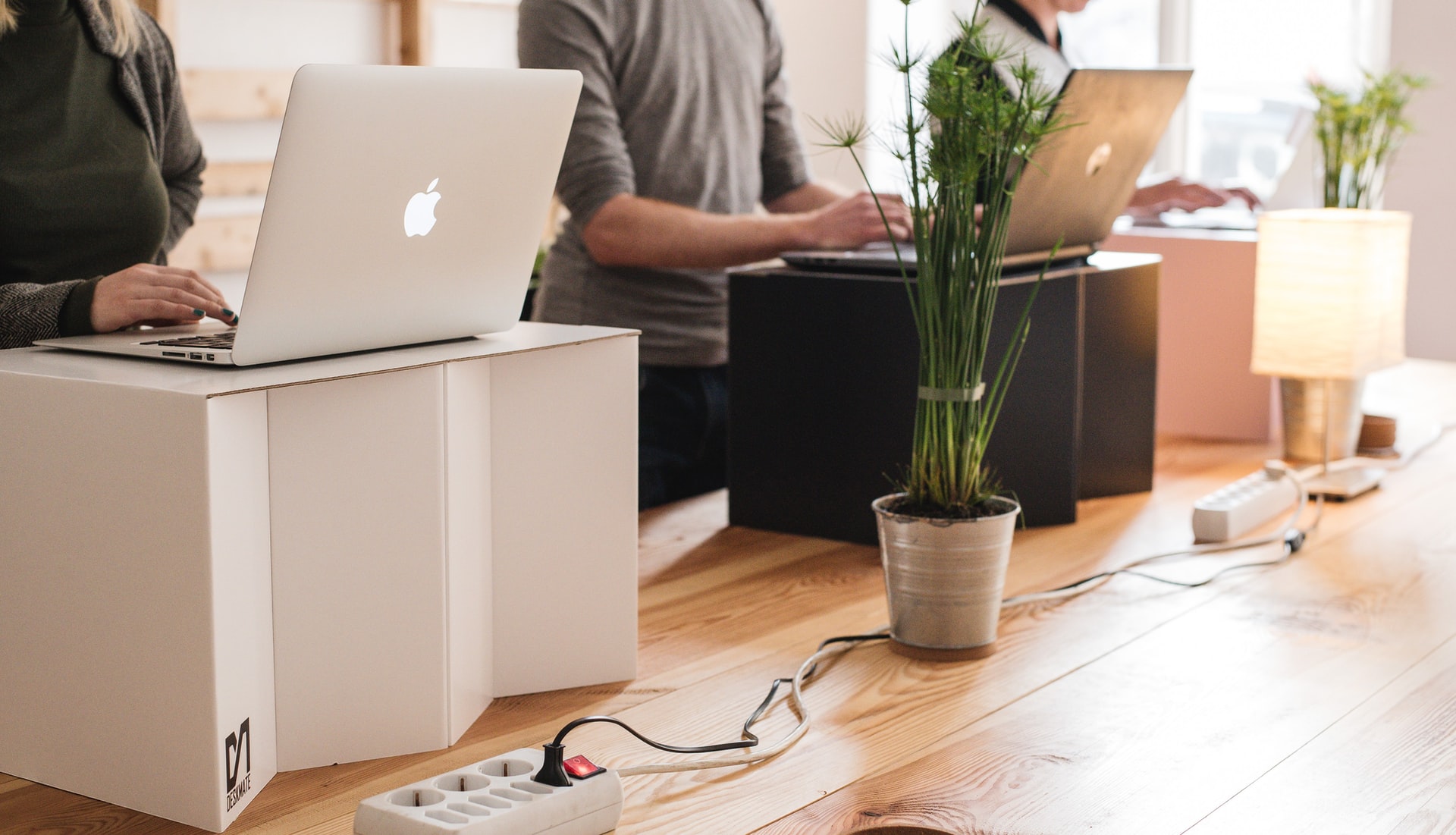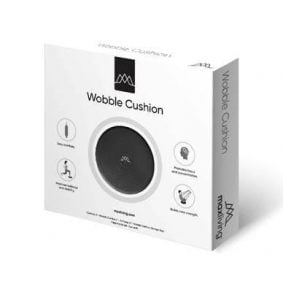It took over 40 years for people to realize cigarette smoking causes lung cancer, heart disease, and other serious illnesses.[1] This lack of understanding destroyed the health of millions of people. In this article we provide a simple plan to overcome what experts believe is another emerging health risk; sitting too much.
What are the risks of sitting too much?
The problem with sitting too much is simply that it’s the opposite of standing, moving or doing exercise, meaning you use less energy than being active. When you stop and think about it, sitting accounts for a lot of time in most all our lives. This inactivity is part of many things we do every day like, surfing social media, watching TV, Netflix, playing video games, etc. Not to mention driving your car or sitting at your desk at work.
Regular Exercise Isn’t the Cure
If you’re thinking “I work out regularly each week” research shows, exercise does not offset extended periods of sitting.[2] This can be deceiving, but if your workouts take up 3 hours per week the reality is, that same week you’ll spend half your waking time – or 56 hours sitting down doing the things listed above. So, while we may get regular exercise, the lack of movement between workouts or activity make it an independent risk factor for heart disease, obesity, blood sugar regulation, certain cancers and genes that regulate chronic disease.[3],[4]
The MaxLife Perpetual Motion Plan
In her breakthrough book “Sitting Kills, Moving Heals” Dr. Joan Vernikos states the human body was not designed to sit. This inspired us to create the MaxLife Perpetual Motion Plan. Here’s how it works.
Take Active Breaks
The plan calls for taking active breaks of 1-2 minutes after 30 minutes of sitting. This is consistent with research maintaining that people who regularly use this method have lower health risks. For best results, we suggest using a timer to remind you to get up and move every 30 minutes. You can do this on your phone, fitness tracker or any basic timer.
Simple ideas to get you moving on your active breaks
- Stand up and walk around
- Do some standing like bodyweight squats
- Try standing up to touch your toes or any stretching that involves the hips and lower body
- Get up to use the bathroom or get some water
- Use a desk that can be adjusted to various levels so you can work standing up
- Switch from sitting to standing at your desk every 30 minutes to break up your workday
Get Active While Sitting
Now, if you must sit, you can place the MaxLiving Inflatable Wobble Cushion on your chair. This product is an effective yet simple to use, round inflatable device designed to strengthen your core and improve balance. A wobble cushion is strong enough to sit and/or stand on with the benefits of an unstable surface. It’s a fun and easy way to warm up and stretch your spine throughout the day.
Health Benefits of Inflatable Wobble Cushion
Sitting on a wobble cushion makes the simple act of sitting an active experience that targets and strengthens your core muscles, decreases back pain, and improves your posture.
- Encourages and develops core strength and stability
- Increases energy levels
- Reduces back instability, fatigue, and pain
- Improves balance
We hope this article opened your eyes to the power of movement and with just a few simple steps can bring remarkable benefits. By following our MaxLife Perpetual Motion Plan, you’ll burn more calories which may help maintain a healthy body weight and improve energy levels. At a minimum, committing to moving more will help sustain muscle tone, flexibility and your mental well-being, at any age.


